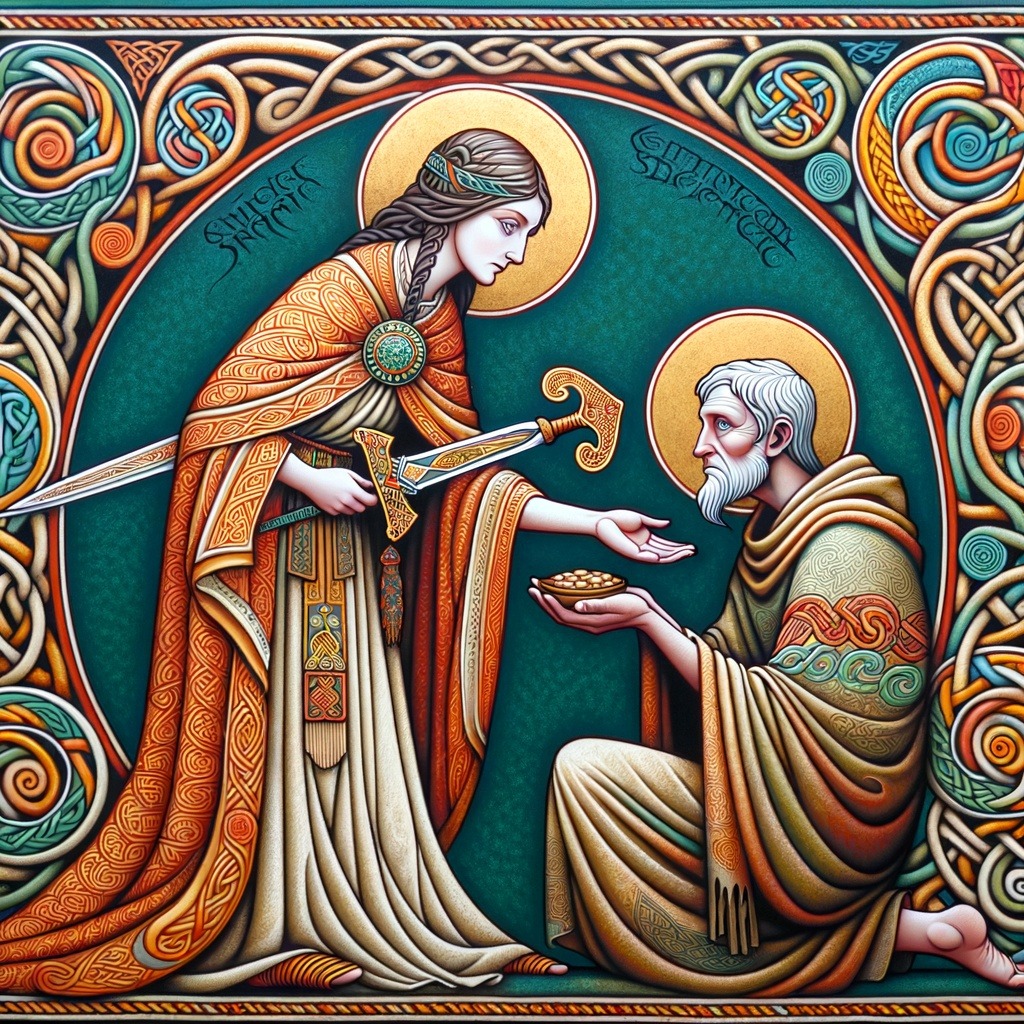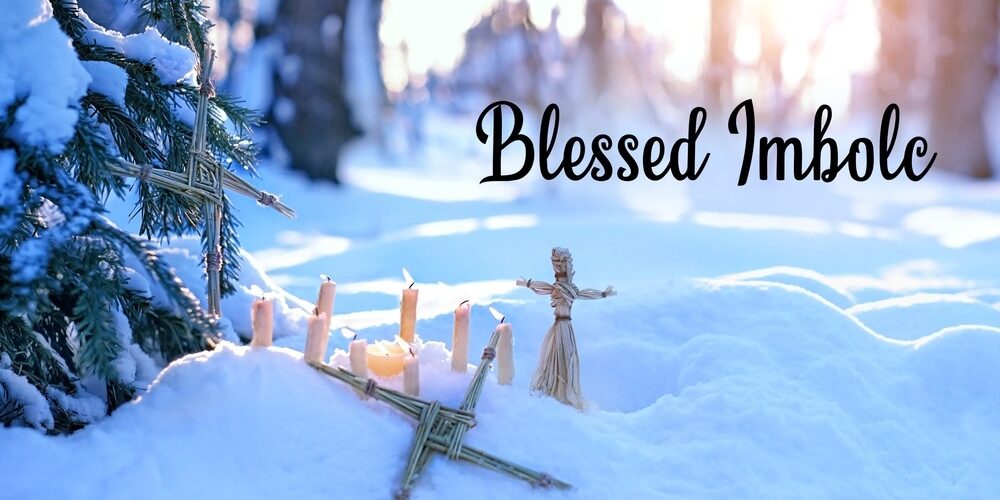Imbolc and Saint Brigid’s Day: Ireland’s Celebration of Light, Renewal, and Heritage
Imbolc, celebrated on February 1st, marks a significant seasonal transition in the ancient Celtic calendar, heralding the end of winter and the first signs of spring. This festival, deeply rooted in pre-Christian traditions, honors fertility, renewal, and light. Over the centuries, Imbolc became intertwined with the veneration of Saint Brigid, one of Ireland’s most revered saints, resulting in the modern observance of Saint Brigid’s Day.
Historically, Imbolc was a pastoral festival closely tied to the cycles of nature. It marked the time when ewes began lactating, symbolizing the return of life and the promise of new growth. The festival was dedicated to Brigid, a goddess associated with fertility, poetry, healing, and craftsmanship. Brigid was a powerful figure in Irish mythology, and her influence permeated through agricultural rites and domestic rituals.
With the Christianization of Ireland, the pagan goddess Brigid was syncretized with Saint Brigid of Kildare, a 5th-century nun and abbess known for her piety, generosity, and association with miraculous events. Saint Brigid’s feast day, celebrated on February 1st, coincides with Imbolc, preserving many of the traditions and symbols of the earlier festival. Saint Brigid became a spiritual bridge between the old and new faiths, embodying qualities of compassion, protection, and inspiration that echoed her divine predecessor.
Saint Brigid In Irish Hermitage
Saint Brigid of Kildare is celebrated not only as a religious figure but also as a cornerstone of Irish heritage and culture. She is credited with founding several monasteries, the most famous being the double monastery of Kildare, which became a center of learning, craftsmanship, and spirituality. Brigid’s leadership and wisdom made her a vital figure in the spread of Christianity across Ireland. She was known for her extraordinary acts of kindness and charity, particularly in aiding the poor and healing the sick. Tales of her miracles, including the multiplication of food and the healing of the blind, further elevated her status as a protector and nurturer. Her influence extended into the realms of poetry and art, fostering a rich cultural tradition that continues to inspire Irish identity today.
 In modern Ireland, Imbolc and Saint Brigid’s Day remain vital cultural touchstones. Celebrations often include the weaving of Brigid’s crosses from rushes, symbolizing protection and blessings for the home. Candles are lit to represent the return of light, echoing the fire and hearth rituals of ancient times. Some communities host festivals that blend music, storytelling, and craft workshops, reviving the spirit of Imbolc in a contemporary context.
In modern Ireland, Imbolc and Saint Brigid’s Day remain vital cultural touchstones. Celebrations often include the weaving of Brigid’s crosses from rushes, symbolizing protection and blessings for the home. Candles are lit to represent the return of light, echoing the fire and hearth rituals of ancient times. Some communities host festivals that blend music, storytelling, and craft workshops, reviving the spirit of Imbolc in a contemporary context.
The Irish government recently declared Saint Brigid’s Day a public holiday, underscoring the enduring significance of this ancient festival. The holiday serves as a moment to reflect on the cycles of nature, the contributions of women, and the resilience of Irish cultural heritage.
Whether through the lighting of candles, the crafting of Brigid’s crosses, or communal gatherings, Imbolc continues to symbolize hope, renewal, and the nurturing power of light emerging from darkness.


































